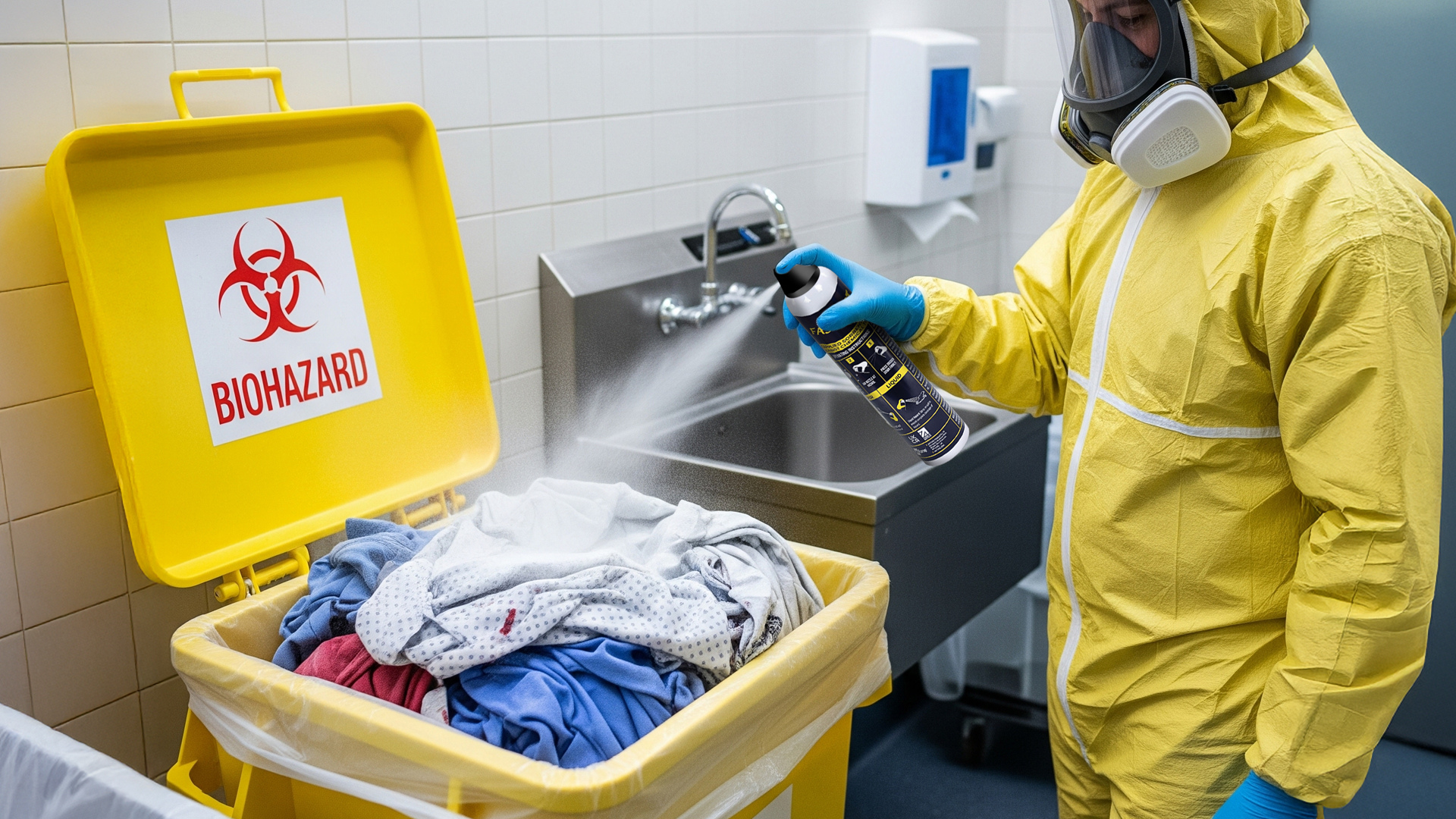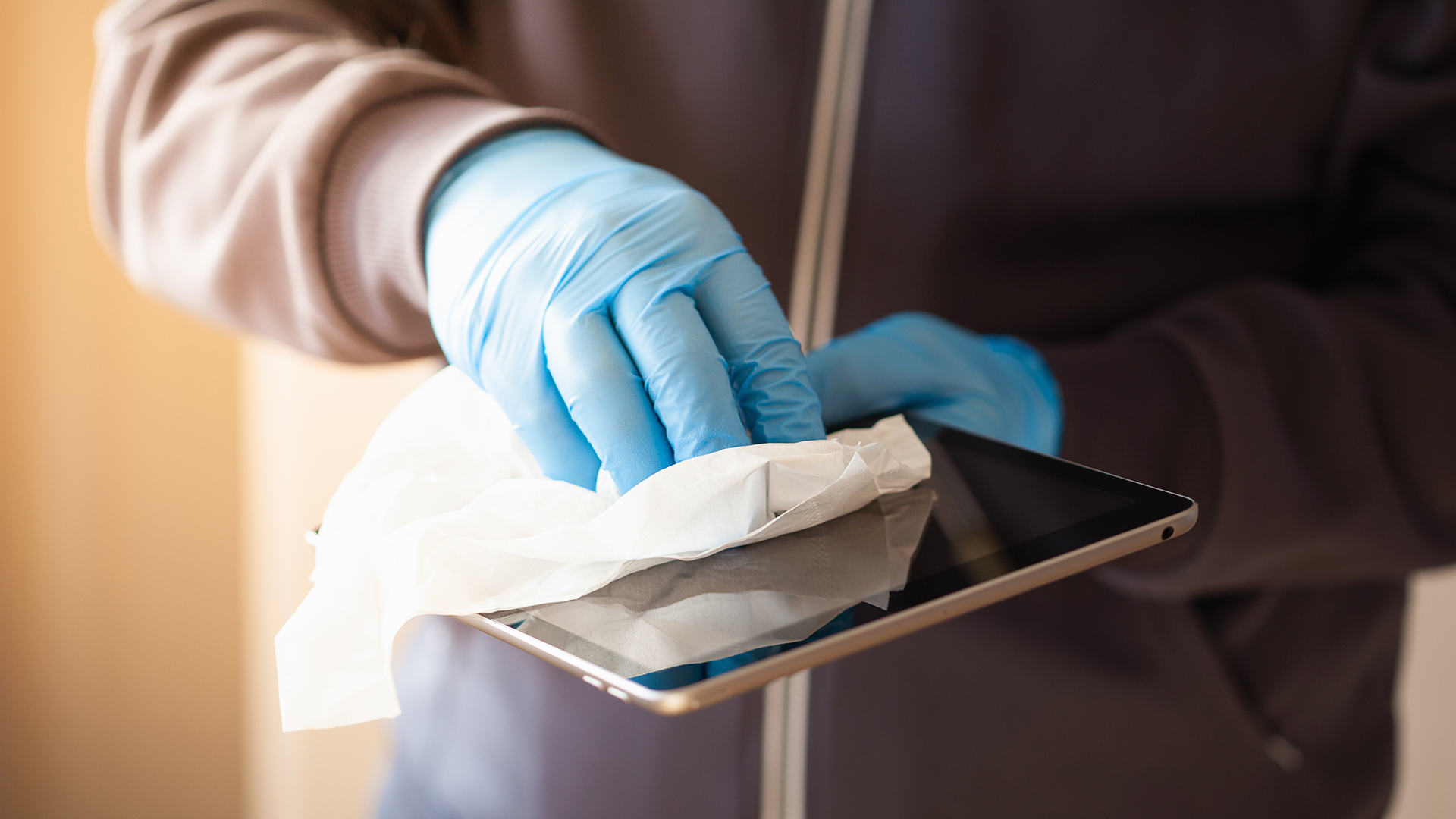Why Combined Wet and Dry Decontamination Is the New Gold Standard for Hospital Emergency Preparedness
In a chemical incident, every second counts. The faster responders act to remove harmful chemicals and limit continued exposure, the lower the risk of injury and contamination spread. For decades, professionals debated whether wet decontamination or dry decontamination provided the most effective decontamination results. In practice, the best answer is both.
Across Level 1 trauma centers in the U.S., Sweden, Canada, and Singapore, teams now deploy combined decontamination methods—a hybrid model proven to improve outcomes, optimize speed, and reduce risks from hazardous chemicals. This approach aligns with hospital emergency preparedness standards that prioritize rapid, safe, and patient-centered decontamination workflows.
Understanding the Two Decontamination Methods
Wet Decontamination uses water—often through specialist decontamination showers or rinse stations—to flush away soluble chemical substances and surface residues. These wet decontamination protocols are vital for washing out chemical spills, corrosive agents, and persistent liquid contaminants.
Dry Decontamination, on the other hand, relies on absorbent materials like powders, mitts, or wipes to collect and neutralize chemical threats without water. This approach minimizes secondary spread and allows initial decontamination actions to begin immediately, even before mass casualty decontamination systems or water supplies are available.
Each approach has clear strengths—and each alone has limits. The decontamination study findings summarized in PRISM and NHS guidance emphasized that a decontamination process combining both methods increases the effectiveness of decontamination procedures across all chemical properties and exposure conditions.
Why Combine Dry and Wet Decontamination in Hospitals, Mass Casualty Scenarios, Level 1 Trauma Centers, and More
The combined decontamination condition—dry first, wet second—delivers both speed and completeness.
Dry Decontamination removes the bulk presence of contaminants fast, using dry decontamination materials or powders that can adsorb or neutralize persistent chemical threats. This limits time of exposure, chemical run-off that can harm the environment, and cross-contamination between casualties. It also provides a ready-to-use option that requires no pre-mixing, making it effective in emergency scenarios where water or energy sources are not always accessible.
Once the dry phase captures most residues, a water-based rinse provides the second layer of safety. Controlled washing through wet decontamination procedures eliminates what remains and cools any reactive surface. Used together, the methods balance emergency decontamination efficacy with resource efficiency—less water, shorter rinse cycles, and greater responder protection.
This combined workflow forms the backbone of modern emergency decontamination protocols, ensuring that responders can act quickly while maintaining high effectiveness of decontamination procedures under mass-casualty conditions.
Real-World Application of the Hybrid Approach
Hospitals and first responders now include dry decontamination protocols in their official decontamination guidelines. FAST-ACT’s own Hospital SOP demonstrates this two-step model—dry removal followed by a controlled rinse—to protect patients and staff.
HazMat and fire departments have similarly adopted the hybrid decontamination process, beginning with absorbent materials to reduce the presence of contaminants before transitioning to water-based wet decontamination procedures. This same principle applies in mass decontamination of casualties, where speed, simplicity, and safety define success.
Military and CBRN units integrate dry decontamination materials with wet decontamination protocols during field drills, recognizing that emergency decontamination protocols must adapt to chemical properties and unknown agents. Even industrial safety teams now include portable dry kits in their mass-casualty decontamination plans to provide initial decontamination actions when specialist decontamination showers are unavailable.

FAST-ACT: Enabling Effective Hybrid Decontamination
FAST-ACT’s tools fit directly into these modern decontamination instructions:
- FAST-ACT Pressurized Cylinders — Deliver rapid, even coverage of reactive powder for immediate removal of contaminants across gear, PPE, and surfaces.
- FAST-ACT Decontamination Mitts and FAST-ACT Decontamination Wipes — Provide manual control for detailed dry decon, improving the effectiveness of decontamination procedures on skin or equipment.
- Rapid Decon Kit — Combines all decontamination materials needed for Dry Decontamination, ensuring teams can execute a full emergency decontamination process anywhere.

A streamlined hybrid decontamination process in a hospital typically includes:
- Remove contaminated clothing to reduce ongoing exposure and limit the spread of contaminants.
- Apply FAST-ACT using pressurized cylinders across patients’ full body for rapid, even dry decontamination. The reactive powder neutralizes chemical threats on skin, clothing, and equipment without the need for water or mixing.
- Use FAST-ACT Decontamination Mitts or FAST-ACT Decontamination Wipes to blot or wipe any remaining residues, providing targeted removal on exposed or sensitive areas.
- Rinse with water to complete the wet decontamination phase, washing away residual powder and neutralized contaminants while cooling and cleansing the skin.
- Conduct final inspection and drying to ensure all contaminants have been neutralized, and the patient or responder is safe for transfer to clean areas.

The Future of Effective Decontamination
The growing body of evidence supports one conclusion: Decontamination in combination—not separation—produces the most effective decontamination process for a wide range of chemical threats. By starting with dry decontamination and finishing with wet decontamination, responders and medical staff reduce risk, save time, and ensure better patient outcomes.
FAST-ACT’s Pressurized Cylinders, Decontamination Mitts, Decontamination Wipes, and Rapid Decon Kit are purpose-built to strengthen this integrated decontamination process, proven across hospitals, emergency services, and defense agencies worldwide.
If your organization is reviewing or updating its emergency decontamination protocols, contact our team to discuss how to integrate dry and wet decontamination methods effectively.
Reach out to our team to learn how your hospital can integrate FAST-ACT’s hybrid decontamination system into its emergency response plan.
About Timilon Corporation:
Timilon Corporation is the manufacturer of FAST-ACT®, a proprietary formulation of non-toxic high-performance specialty materials effective at neutralizing a wide range of toxic chemicals with the added capability to destroy chemical warfare agents. The FAST-ACT technology is utilized by leading defense agencies, chemical industrial companies, first responders and HAZMAT teams to quickly and safely eliminate chemical hazards. For more information, reach out to Leticia Menzzano, Marketing Manager, lmenzzano@timilon.com.

